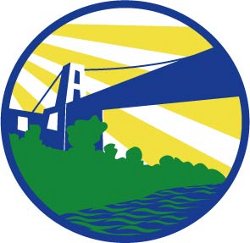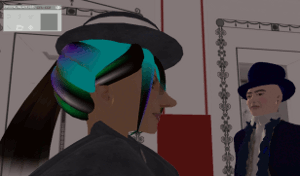Technology

Loaves of Love: a site to accompany the Loaves of Love breadmaking project, including a bespoke wordpress template and “bake counter”, counting cooking sessions towards a target.
WordPress
Site installation, hosting, domain name registration and extras such as content categorisation, galleries, forums or social networking features.
Sites may sometimes get more complex, but these days a content management system like Joomla or Drupal is usually there to help. Advanced social networking features, complex categories or multi language sites (with translation systems!) are also possible.
ELGG
ELGG is an open source content management system that let’s you create a social network system similar to Facebook or Bebo, but without the accompanying issues due to data privacy and external data hosting. It allows you to quickly set up custom user profiles, groups, status messages, blogs and much more.

Transition Bristol: This organisation required a system to replace a messageboard, which had previously managed it’s online internal communications together with a mailing list. When the group’s core volunteers changed, FengOffice was introduced to ease this shift.
FengOffice
Formerly known as OpenGoo, FengOffice is an open source, hosted alternative to using “cloud” based Google applications such as Google Documents. It provides document editing and sharing capabilities, task management, an internal message system, calendars, notes and many ways of storing and managing shared contacts.
Second Life / Opensimulator
Open Simulator is an Open Source 3d Virtual Environment. It allows users to control an avatar who inhabits a fully programmable and editable world served on the web in much the same way as a web page is. Virtual worlds are sometimes seen as niche activities in today’s largely 2d online world, but are used in the academic world for simulation, education, group work for generating media and as an alternative to video conferencing.

Sydenham Crystal Palace, a 3d historical reconstruction of the Pompeii Court of the original victorian building, required avatars to be present at all times, to guide visitors informing them of the various features of the model. The researchers involved in the project also felt the model looked empty without avatars. As a result I created avatars running from a script using a mixture of IronPython scripting (allowing a direct interface with the underlying C# software libraries) and LSL, the Second Life internal scripting language. This allowed the characters to respond to various stimuli within the model, and to become a bickering virtual Victorian tourist couple.
“Land” in virtual world terms, is equivalent to leased virtual server space. It can be used for a private simulator within an organisation or group, or made public access or be hosted on Second Life. In the same way, Second Life based land can be transferred to Open Simulator to obviate the need for rental fees. I provide design, setup and hosting primarily with Open Simulator but also with Second Life.
My most important work with virtual worlds is in facilitating workshops for artists towards using with them for collaborative performance. As well as programming animations and conversations with robotic avatars and setting up interactive 3d scenes and environments, I have experience with virtual theatre as well as stop motion and digital video editing. I would welcome any Art/Tech projects melding theatre or performance and virtual worlds or teleconferencing.